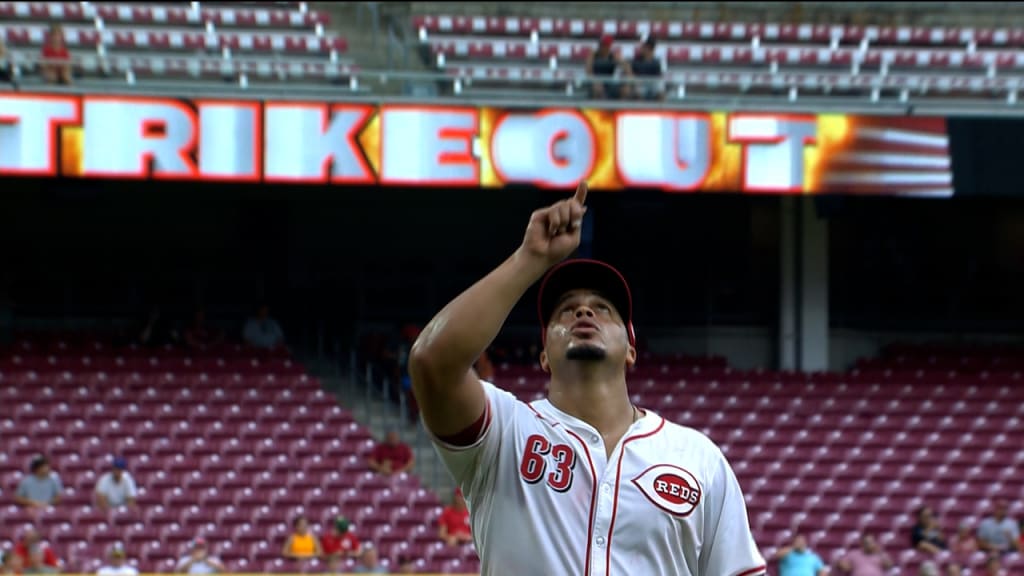If I had a $50 bill for every time the Cincinnati Reds expressed interest in a player—whether via trade or free agency—only to walk away because the cost was too high in money, years, prospects, or some combination of the three, I’d be debt-free. In fact, I might even be able to retire. That’s the dream, right? Recently, infielder Gleyber Torres signed a one-year, $15 million deal with the Detroit Tigers, and according to Evan Petzold of the Detroit Free Press, the Reds had shown interest in him.
The Reds’ interest in yet another infielder is curious. Torres, who has spent his entire MLB career with the New York Yankees, primarily plays second base, with some experience at shortstop. Over the past three seasons, nearly all his games have been at second base.
As we know, the Reds already seem overloaded with infielders, even accounting for the designated hitter role. This depth is one reason they felt comfortable trading Jonathan India earlier this offseason—they didn’t have a spot for him to play daily if everyone stayed healthy.
Second base appears to be Matt McLain’s role, though bringing in Torres might have prompted a shift, perhaps moving McLain to third base. But that would create a logjam, with Noelvi Marte or Jeimer Candelario needing to find playing time elsewhere. Marte, after his struggles last season, might need a strong spring just to earn a big-league spot and could benefit from some time in Triple-A. Candelario, on the other hand, could rotate between first base and designated hitter, but that would likely reduce Christian Encarnacion-Strand’s opportunities. Despite a rough and injury-laden 2024, Encarnacion-Strand entered the season as a key part of the team’s future and was penciled in as their everyday first baseman.
If the Reds pursued Torres, it raises questions about their confidence in their current infielders, aside from Elly De La Cruz and maybe McLain. While that hesitation is understandable in some cases, the infield isn’t the team’s most pressing concern. And while Torres is a solid player, he’s not a game-changer. In 2024, he was essentially league average offensively, posting a 101 OPS+ (where 100 is league average). The two prior seasons were better, at 113 and 118 OPS+, but even those numbers don’t scream “difference-maker.”
That said, Torres would have improved the roster overall. For whatever reason, the deal didn’t materialize. Maybe Torres preferred Detroit, but on a one-year deal, Cincinnati should have been pitching Great American Ball Park as a hitter’s paradise for players looking to rebound and secure their next big contract. The likelier explanation? The Reds balked at the price. That’s baffling, considering Torres signed for less in both years and dollars than MLB Trade Rumors projected. If the Reds weren’t willing to meet even that range, why express interest in the first place?

In a competitive market with limited options, sometimes you can’t afford to be overly cautious. Concepts like “overpriced” or “not worth it” lose meaning in sports, where you can’t just wait for a better deal next week. Being overly rational often leads to settling for less talent than you initially aimed for. Sure, you might save some money, but no one hangs banners celebrating fiscal restraint—you win championships by putting the best possible team on the field.


